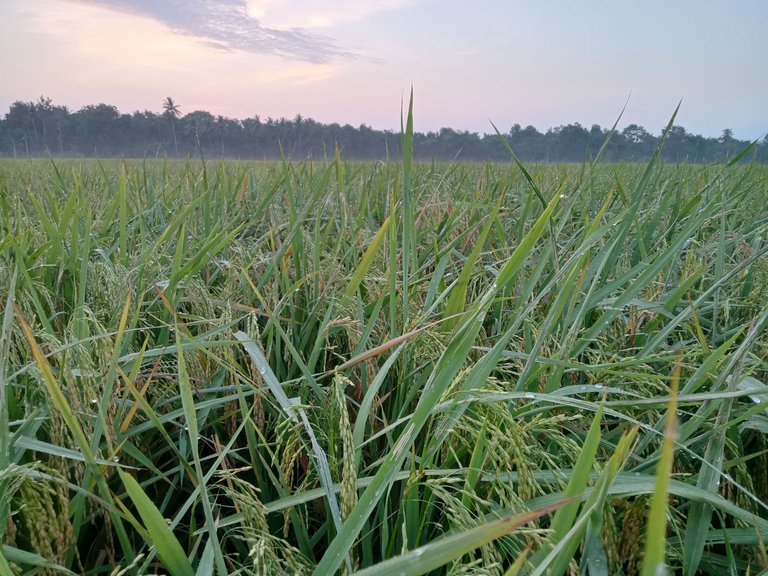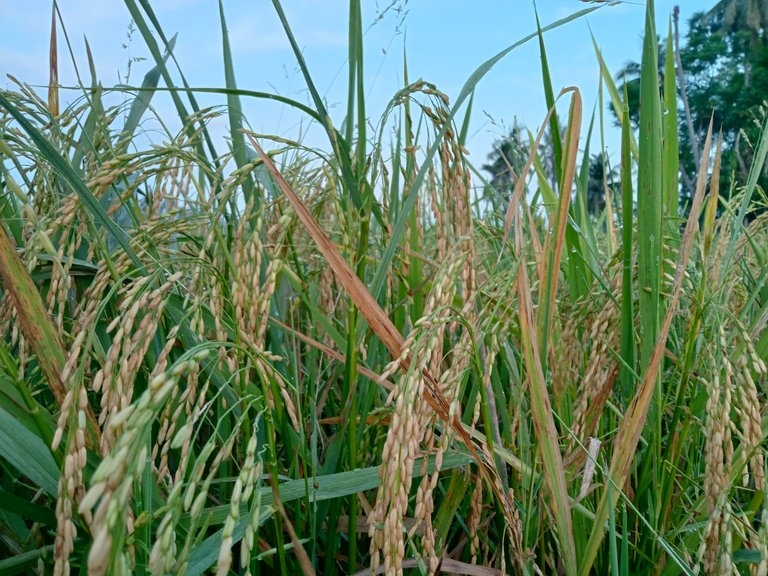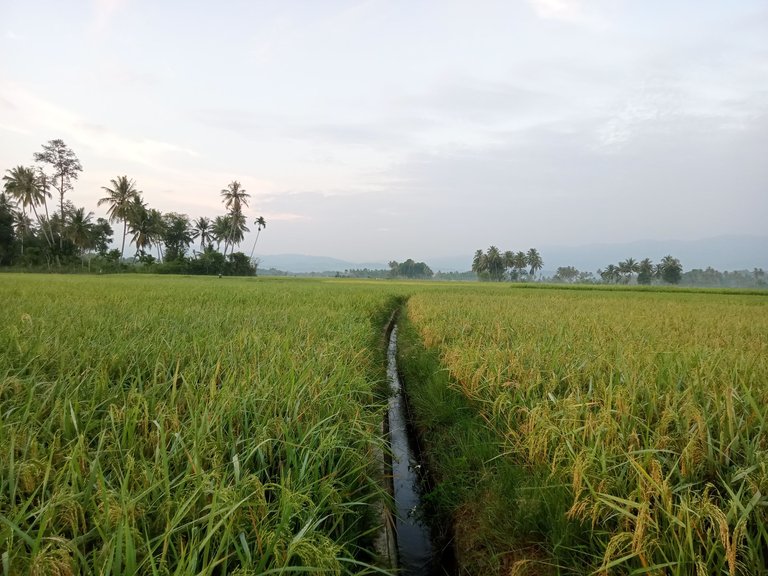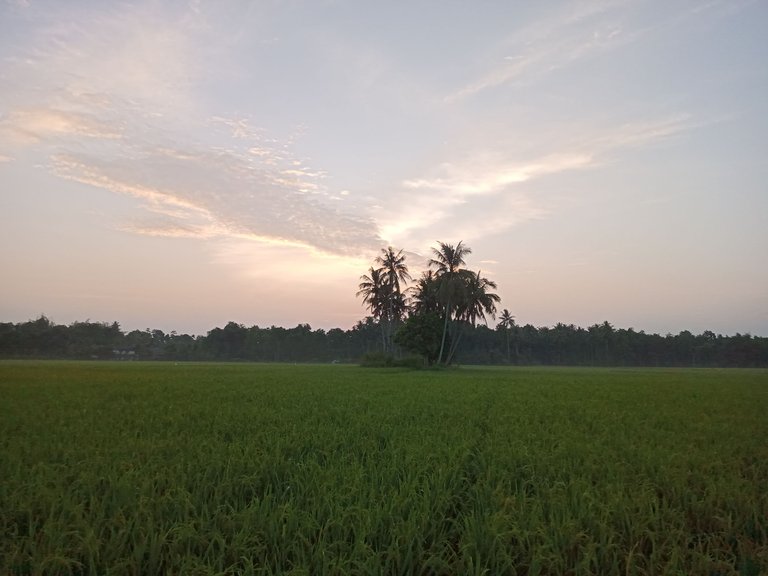Hello Hive'r
Rice (Oryza sativa) is a cultivated plant that is very important in human civilization. Apart from being known as a cultivated plant, rice also has several wild types which belong to the same genus. The rice plant is thought to have originated from India or Indochina and entered Indonesia through the migration of ancestors from mainland Asia around 1500 BC.


Each rice flower has six anthers and two bifurcated stigmas. Both are usually ready to reproduce at the same time. Rice is a self-pollinating plant, where most of the pollen fertilizes the egg cells of the same plant. After fertilization, the zygote develops into an embryo and the polar nucleus becomes endosperm. At the final stage of development, rice grains contain starch as an energy source for young plants.

The rice farming process includes seeding, planting, maintenance and harvesting. Other important aspects include cultivar selection, seed processing, and seed storage.
Rice is susceptible to various pests, such as stem borers, planthoppers, flies, caterpillars, mice, and diseases such as bacterial leaf blight.

Rice can be processed into various foods, such as rice, porridge, or refreshing drinks. Rice can also be used for wrapping, such as ketupat or lontong, or processed into drinks such as kencur rice or balur medicine to relieve aches.
That's all my post on this occasion. Hope it is useful